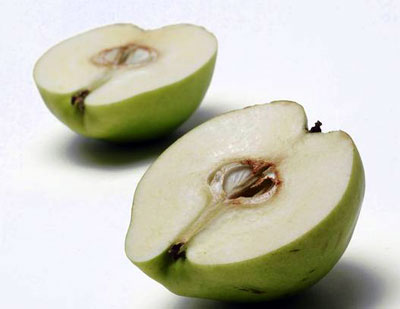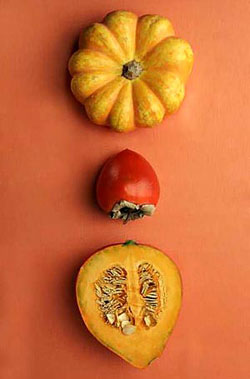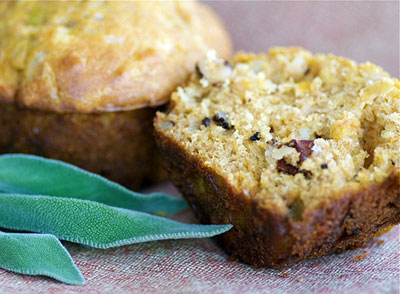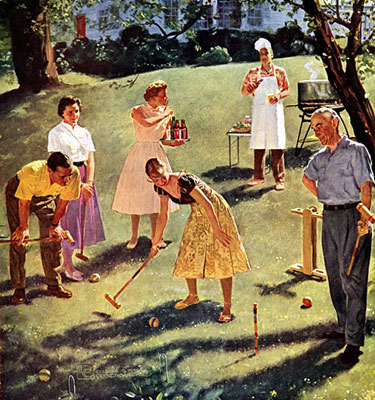 At first glance — and even, quite frankly, after extended contemplation — there is little to hint that the quince is one of the most delicious of fall's fruits. It is rough-hewn and blocky in appearance, like someone's first woodworking project gone horribly wrong. And should you make the mistake of taking a bite of it raw, that's kind of how it tastes too.
At first glance — and even, quite frankly, after extended contemplation — there is little to hint that the quince is one of the most delicious of fall's fruits. It is rough-hewn and blocky in appearance, like someone's first woodworking project gone horribly wrong. And should you make the mistake of taking a bite of it raw, that's kind of how it tastes too.
But you know about judging things on first impressions. Take that same quince, give it a little careful tending and you'll find a fruit that is utterly transformed. Cook quince — slowly and gently, bathed in just a little bit of sugar syrup — and the flesh that was once wooden and tannic turns a lovely rose hue, with a silky texture and a subtly sweet, spicy flavor that recalls apples and pears baked with cinnamon and clove.
The traditional way to cook a quince is by poaching it in spiced simple syrup. That's easy enough, but I've come to favor a slightly different technique from my old friend Deborah Madison's cookbook "Seasonal Fruit Desserts." She bakes them in a syrup made partly with white wine and spiced with cinnamon, clove and cardamom along with tangerine or orange zest.


 The other day at the market, a woman approached me and said, "Excuse me, but may I ask you a question?"
The other day at the market, a woman approached me and said, "Excuse me, but may I ask you a question?" Pasta seems to be my go-to when I’m short on meal-preparation time. Not only does it cook in just minutes, but it pairs nicely with a variety of vegetables and sauces. Last week I made a sauce of penne, pumpkin and Parmesan.
Pasta seems to be my go-to when I’m short on meal-preparation time. Not only does it cook in just minutes, but it pairs nicely with a variety of vegetables and sauces. Last week I made a sauce of penne, pumpkin and Parmesan. For days, I’ve been thinking about the beet salad I enjoyed at
For days, I’ve been thinking about the beet salad I enjoyed at 
